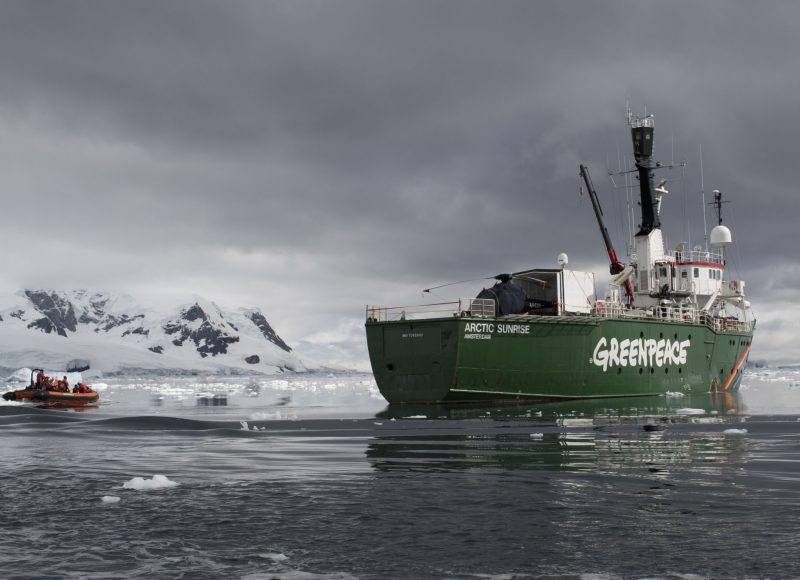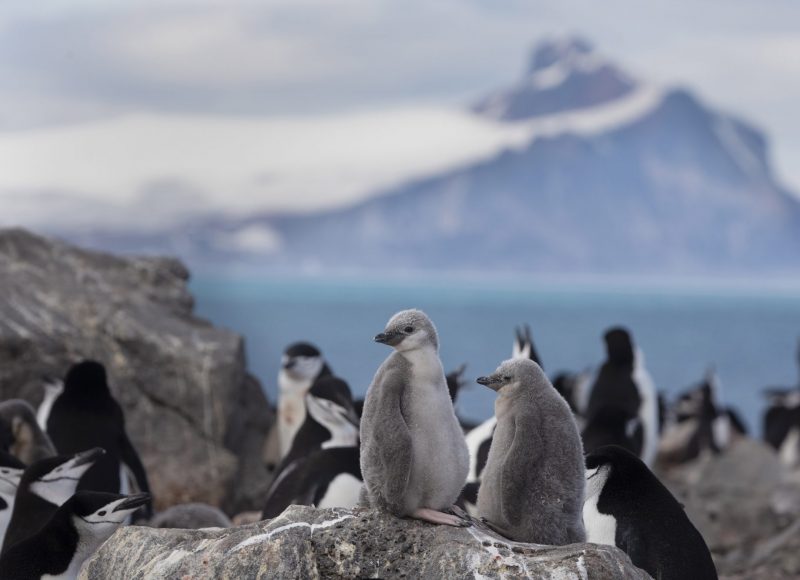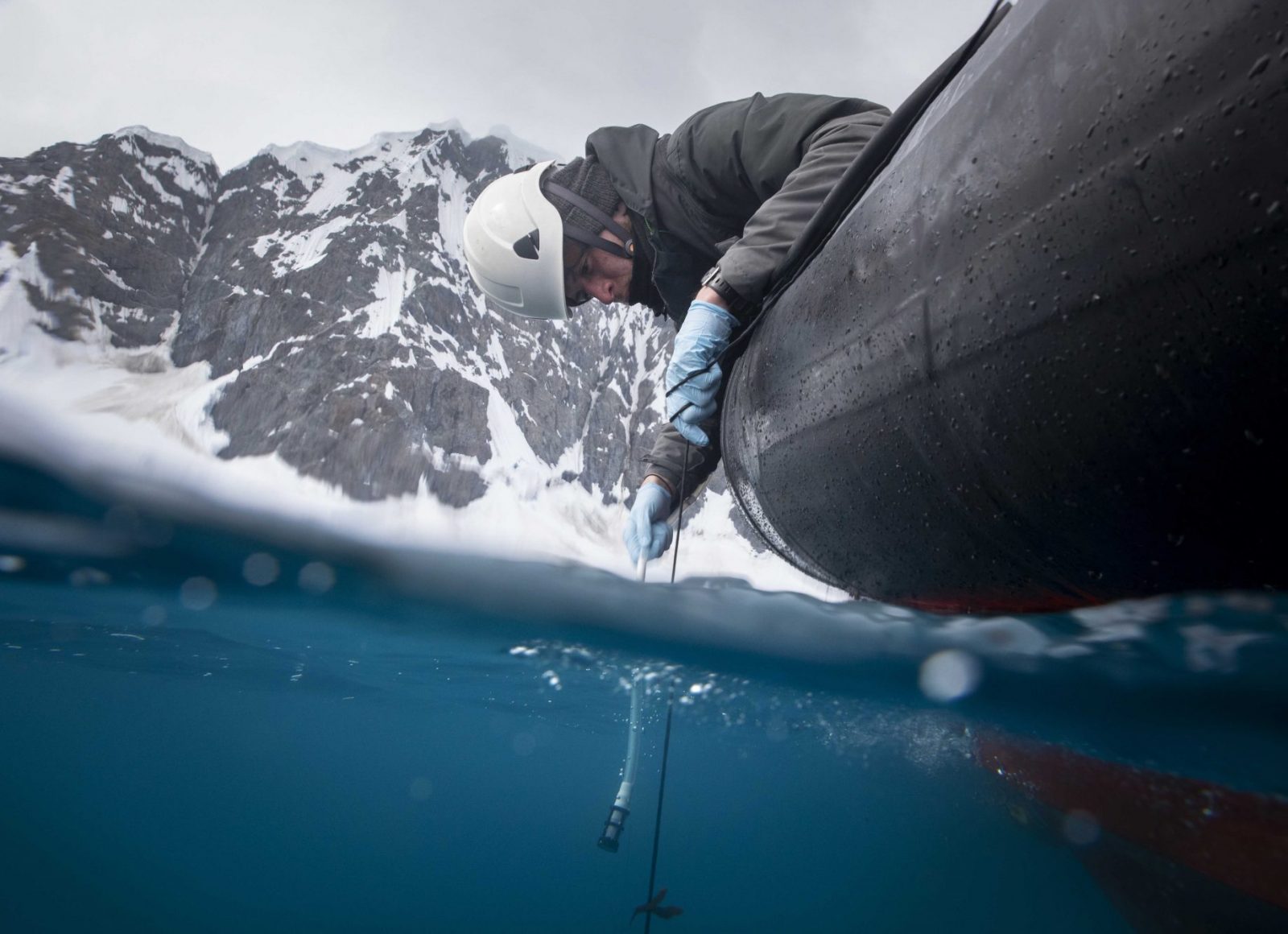Over the space of a year, Greenpeace crossed the Atlantic Ocean from north to south in a series of missions entitled “Pole to Pole” to better understand the threats hanging antarctique over marine biodiversity. Starting from the Arctic, the NGO ended its voyage in the Antarctica in early 2020, applying eDNA protocols there for the first time. Samples of seawater – from near the surface and at depth – were collected from small inflatables in particularly changeable weather conditions; it was feared that the strong winds and waves would capsize the boats and endanger their occupants.
The results could confer a “climate sanctuary” status to the Antarctica. This would increase its level of protection against fishing.
The aim of the study was to test the simple hypothesis that record high temperatures in the South Atlantic during the austral summer 2020 would cause marine fish and mammals which are normally found in more northern waters to venture as far as the Antarctica to seek climate refuge. This could lead to changes in the geographic distribution of many species, creating upsets in this fragile ecosystem and new conservation challenges. The results, which will be released in early 2021, could confer a “climate sanctuary” status to the Antarctica. This would increase its level of protection against fishing.


© Abbie Trayler-Smith & Daniel Beltra / Greenpeace

